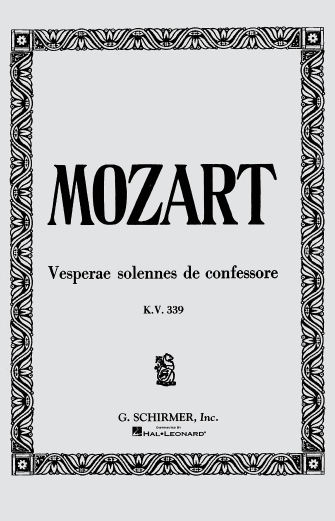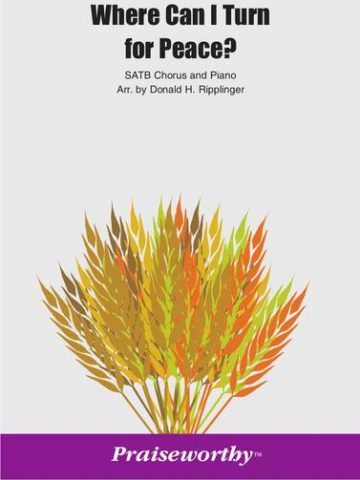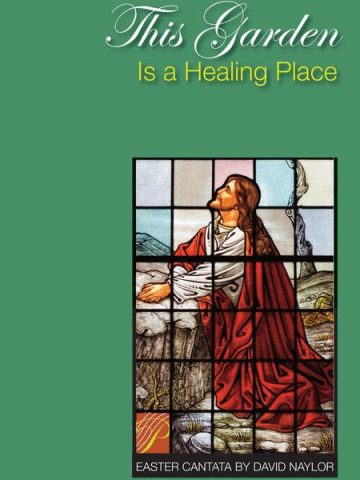Subtotal: $34.99
Vesperae Solennes de Confessore, KV339
$6.99
- Music: Wolfgang Amadeus Mozart
- Accompaniment: Piano Reduction
- Format: Octavo / Choral Book
- Catalog #: 50234170
- Publisher: Hal Leonard Corporation
Choral Music • Large Choral Works • Sacred • Classical
Publisher: G. Schirmer, Inc.
Prices and availability subject to change without notice.
Images may differ from the actual product.
In stock
Description
Vesperae solennes de confessore (Solemn Vespers for a Confessor), K. 339, is a sacred choral composition, written by Wolfgang Amadeus Mozart in 1780. It is scored for SATB choir and soloists, violin I, violin II, 2 trumpets, 3 trombones colla parte, 2 timpani, and basso continuo (violoncello, double bass, and organ, with optional bassoon obbligato).
Structurally, it is very similar to Vesperae solennes de Dominica (K. 321), composed in 1779. The setting is divided into 6 movements; as in Dominica, a setting of the Minor Doxology (Gloria Patri) concludes all movements, each recapitulating the opening themes. The first three psalms are scored in a bold, exuberant manner, contrasting with the strict, stile antico counterpoint of the a cappella fourth psalm, and the tranquility of the fifth movement. The Magnificat sees a return to the style of the opening settings.
Movements:
- Dixit Dominus (Psalm 110) Allegro vivace
- Confitebor tibi Domine (Psalm 111) Allegro
- Beatus vir qui timet Dominum (Psalm 112) Allegro vivace
- Laudate pueri Dominum (Psalm 113) Allegro
- Laudate Dominum omnes gentes (Psalm 117) Andante
      Mozart departs from the structure of K. 321 in this movement. The earlier setting of “Laudate Dominum” is a highly melismatic soprano solo, with no choral interlude. In K. 339, the soprano solo is much simpler; the choir quietly enters at the conclusion of the psalm with the “Gloria Patri,” and the soloist rejoins them at the “Amen”.
      This movement is well known outside the context of the larger work, and is often performed in isolation. - Magnificat (Canticle for Vespers) Andante
    —”Et exultavit…” Allegro

 Van Halen - The Best of Both Worlds
Van Halen - The Best of Both Worlds 



Reviews
There are no reviews yet.